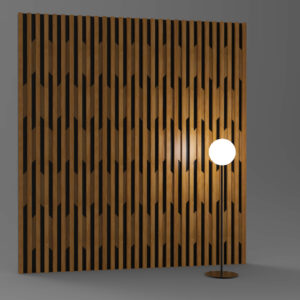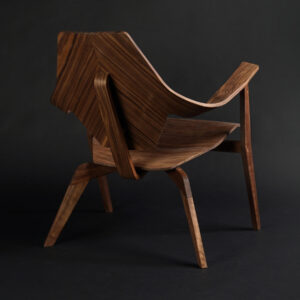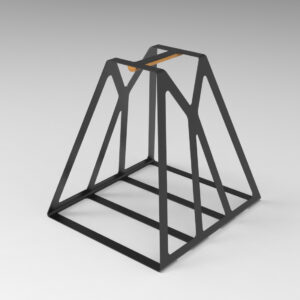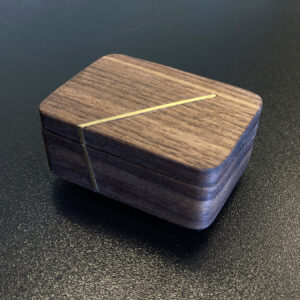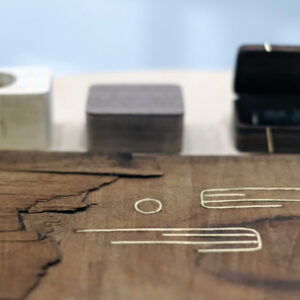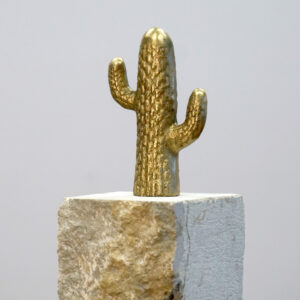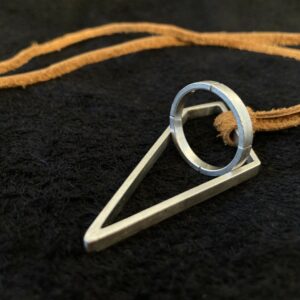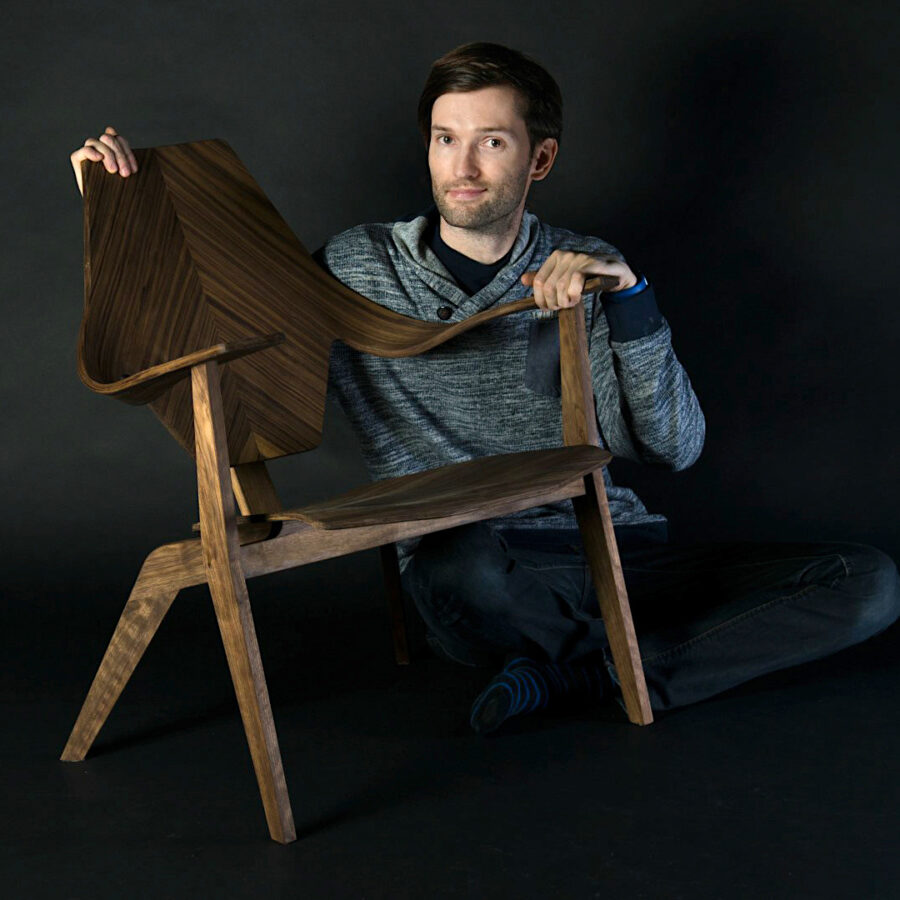
Priit Kangur and his KIRO chair
In the January product designer form, we introduce our cheerful master’s student Priit Kangur.
Priit is a student with a practical mind and eager to learn, who has also successfully participated in the activities of Garage48 and is interested in everything related to design and design. Priit can always be found at events and workshops where product design students are active.
Name: Priit Kangur
Connection with EKA: MA student in Product Design
–
What projects do you have on hand at the moment?
At the moment, the semester is over and the focus is on one more thesis. The final presentation, which is a collaborative project with the company Thermory, is still left as a project from the previous semester. A modular sound dampening panel system was designed there. In parallel with the university projects, I am currently working on the preparation of my personal brand.
What is your favorite stage of creating a product and what does it look like?
Paper and pen vs. digital media – which do you prefer?
Everything has its own charm. By sketching with a traditional pencil, you can immerse yourself more in the so-called fantasy world, where different style and construction solutions can be played out in an endless world of possibilities. In sketches, you can create forms very quickly and sometimes create impossible solutions. When the form is ready sketched, it is good to dive into the 3D model on the computer, there you can give the form specific measurements, thicknesses and curvatures.
What is/was your favorite project while studying at EKA? What discovery did you make about it for yourself?
I think one of the best and most developing projects has been the chair project, where I got away with the so-called plywood bending meta level. I designed and built the lounge chair KIRO. What I really liked about the project was that I was able to dive into the borderlands of the impossible and the possible without limits. I was able to put myself and the material to the test with energetic ideas. Analyzing and testing, I learned a lot of new things. Through practice, I learned what works and what doesn’t in design.
The truth is that many seemingly impossible things can be done, but you just have to find a workable solution by thinking outside the box. However, implementing new solutions is not always an easy task, there are unexpected challenges that are exciting to solve.
Guilty pleasure or “poor design or means of design”, what do you secretly like?
I secretly love the gold tone, it has a weird pull that I’m personally drawn to. I don’t wear gold accessories, but it always catches my eye in the interior and in the details of the items. EKA managed to design and manufacture a golden brass cactus, which now shines beautifully next to my desk. Objects born from brass inlay experiments participated in an exhibition in Valencia. I haven’t dared to use the golden tone in my projects yet, in the meantime, I’m quietly playing around with the versions with golden details in my own products for fun.
But you know, maybe after I get my master’s degree, my sailboat can sail in that direction.
Something you wish you were a designer?
This is quite a difficult question. If you look around the best examples, you probably see nature instead. With an amazingly complex system at every level and a mesmerizing aesthetic play of forms that can be perceived with all the senses. Whether it’s a beautiful bog lake in a veil of fog, a mighty oak tree in the middle of a forest full of mushrooms or a mystical sunset instead. Nature is a strong source of inspiration, fragments and lines of which can be transferred to product design.
One good read that has inspired you professionally? (book, article, scientific literature, etc. in print or online…)
I am currently reading the book Wabi Sabi: The Wisdom in Imperfection by Nobuo Suzuki. It is a worldview of Japanese aesthetics that tells about the beauty of imperfection. This book brought back memories of when I was in search of perfection and discovered that imperfection is what unites, and flaws or disorder create charm and perfection. After that, I have observed with admiration the irregularities hidden not only in products but also in people. The theme is deep, beautiful and extremely exciting!
Besides design, what else attracts you?
Photography and interior design. I have been interested in photography for a long time, I started by photographing nature and later added photography of architecture and design objects. I am a detail person, I pay a lot of attention to small details all around. Behind the camera I like to photograph different communities, architectural details or objects. The photos often show playful combination systems, which are usually not noticed at first glance. Through photography, I have developed a stronger sense of composition, the perception of the interplay of colors and also the play of shadows.
Which experience so far has shaped you the most as a designer and how?
Learning new skills has shaped me the most! There are a lot of free subjects at EKA, which greatly broadens your horizons. Although my strongest direction is designing with wood, I have acquired a very wide range of knowledge in processing different materials.
Another important development tool is failures, of course, because that’s where you always learn the most. Non-working forms and solutions still occur in the design process, but it’s like playing games. Shifting small details, redesigning and balancing the composition sometimes takes time. A major failure in some school project is accompanied by a deep analysis, which forces us to review different aspects and new possibilities. But development and knowledge are growing rapidly with it.
Portfolio (or something similar) – Where can we learn more about your works and activities?
At the moment, I have uploaded various works to the Behance environment.
Priit Kangur's works


